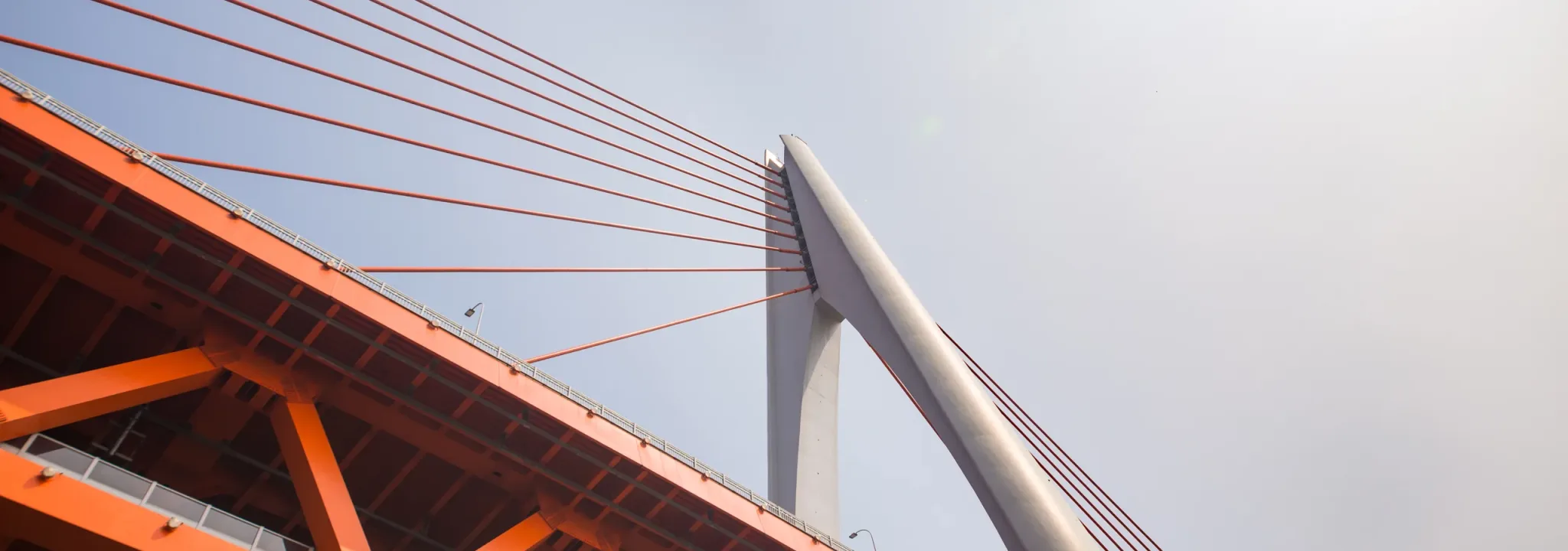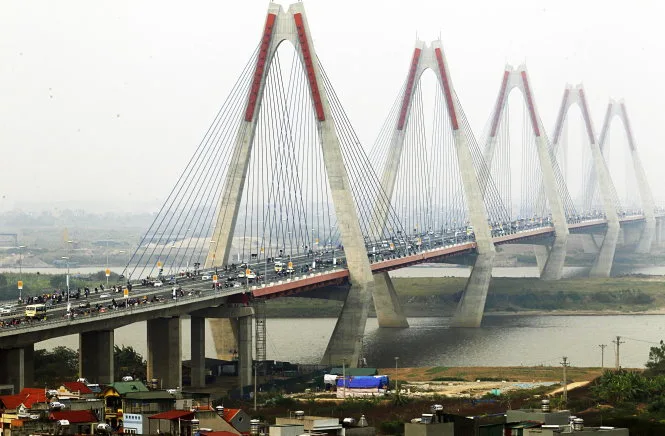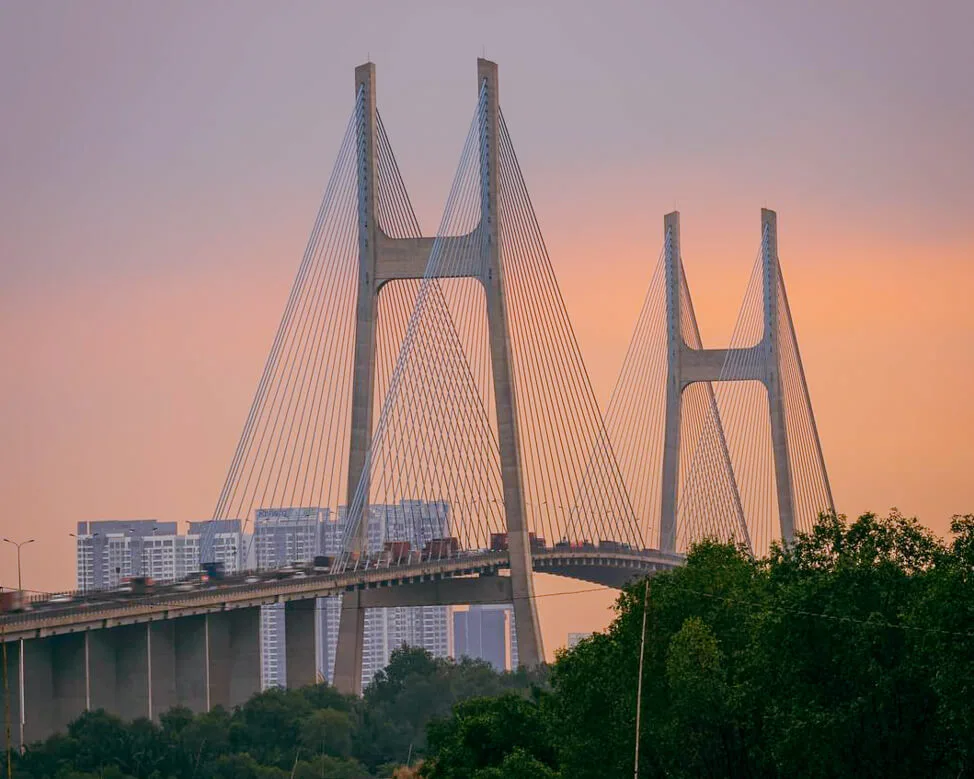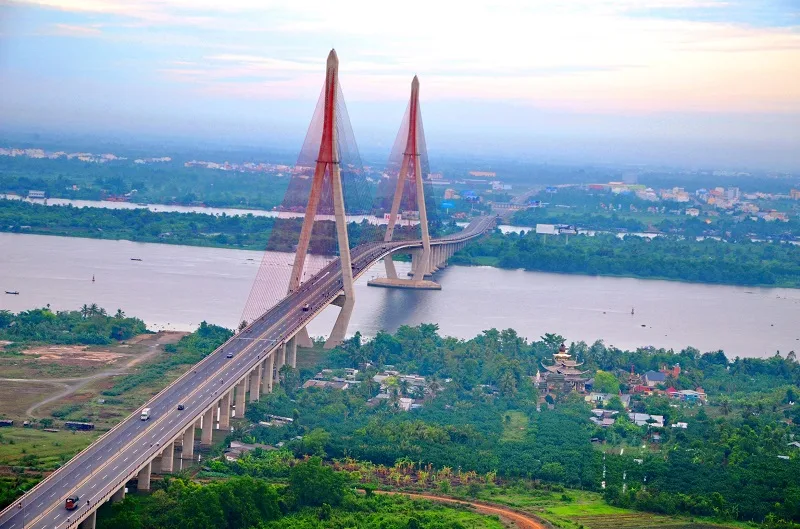
Exploring the Engineering Marvels: 3 Famous Cable-Stayed Bridges in Vietnam
Vietnam, known for its rich cultural heritage and stunning natural landscapes, is also home to some remarkable feats of engineering. Among these, cable-stayed bridges stand out as iconic symbols of modernity and connectivity. In this blog, we will take you on a virtual journey to explore three famous cable-stayed bridges in Vietnam: Nhat Tan Bridge, Phu My Bridge, and Can Tho Bridge. These awe-inspiring structures not only facilitate transportation but also serve as architectural marvels that reflect Vietnam’s progress and innovation.
1. Nhat Tan Bridge
Nhat Tan Bridge, also known as the Red River Bridge, graces the skyline of Hanoi, the capital city of Vietnam. Opened to the public in 2015, this cable-stayed bridge spans the majestic Red River and connects the city center with Noi Bai International Airport and the northern provinces.
Key Features:
- Architectural Elegance: Nhat Tan Bridge boasts a unique design, featuring a striking white color and a harmonious blend of modern aesthetics with traditional Vietnamese architectural elements. Its slender towers rise gracefully, making it a visual masterpiece.
- Cable-Stayed Excellence: The bridge utilizes a cable-stayed design with an impressive central span of 600 meters. This design not only enhances its structural integrity but also minimizes the impact on the river’s flow.
- Connectivity: Nhat Tan Bridge plays a pivotal role in reducing traffic congestion in Hanoi, offering a smoother commute for residents and visitors. It has significantly improved transportation to the airport, boosting economic activity in the region.

The Nhat Tan cable-stayed bridge, a symbol of progress and innovation in Hanoi.
2. Phu My Bridge
Located in Ho Chi Minh City, the economic heart of Vietnam, Phu My Bridge stands as a symbol of progress and development. Opened in 2010, it has become an essential part of the city’s transportation network.
Key Features:
- Modern Aesthetics: Phu My Bridge is an engineering marvel with its elegant S-curved main span and sleek design. It spans the Saigon River, providing a picturesque backdrop to the city’s skyline.
- Engineering Feat: This cable-stayed bridge boasts a central span of 380 meters, making it a remarkable achievement in terms of structural engineering. It effectively connects District 2 with District 7, enhancing accessibility in the city.
- Economic Growth: Phu My Bridge has played a pivotal role in boosting economic development in Ho Chi Minh City by improving transportation links between key districts. It has reduced travel time and contributed to the overall quality of life for the city’s residents.
 The Phu My cable-stayed bridge, bathed in golden light, a sight to behold at sunset.
The Phu My cable-stayed bridge, bathed in golden light, a sight to behold at sunset.
3. Can Tho Bridge
The Can Tho Bridge, located in the Mekong Delta, is an engineering marvel that connects Can Tho City to the rest of the region. Opened in 2010, this cable-stayed bridge has transformed the way people travel in the southern part of Vietnam.
Key Features:
- Mekong Delta Beauty: Can Tho Bridge offers breathtaking views of the Mekong Delta, with its tall towers rising gracefully above the river. It has become an iconic symbol of the region.
- Structural Excellence: The bridge features a central span of 550 meters, making it the longest cable-stayed bridge in Southeast Asia at the time of its construction. Its robust design ensures safe passage for vehicles and pedestrians alike.
- Regional Connectivity: The Can Tho Bridge has significantly improved transportation and trade links within the Mekong Delta, promoting economic growth and making the region more accessible for tourists.
 The Can Tho cable-stayed bridge, a symbol of progress and connectivity in the Mekong Delta
The Can Tho cable-stayed bridge, a symbol of progress and connectivity in the Mekong Delta
Conclusion
The Nhat Tan Bridge, Phu My Bridge, and Can Tho Bridge are not just infrastructure projects; they are iconic landmarks that represent Vietnam’s progress, innovation, and commitment to modernization. These cable-stayed bridges have not only improved connectivity and reduced travel times but have also become symbols of pride for the Vietnamese people. They stand as testaments to the nation’s engineering prowess and its bright future on the global stage. So, next time you visit Vietnam, be sure to marvel at these architectural wonders and appreciate the stories they tell about the country’s growth and development.

